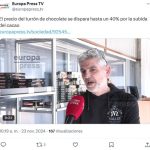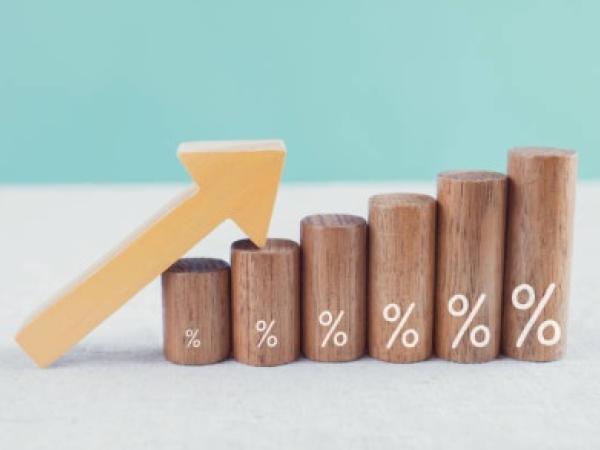As many investors turn to strategies that benefit from a fall in interest rates in Latin America, some big banks warn it’s too early to declare victory over inflation.
Bank of America (BofA) He said that rates in the region may remain high for longer than markets expect and that it is worth holding positions that benefit from higher rates in countries such as Mexico and Chile.
(See: Fed Differs on Rate Hike Pace.)
Goldman Sachs Group He commented that investors should be selective when adding receiver positions (which benefit from a fall in rates), since the increase in prices has not reached its peak.
Bets that rates will fall came after lower-than-expected inflation in the United States, fueling hopes that the Federal Reserve (Fed, the central bank) would make less pronounced monetary adjustments.
Latin America has been the most popular destination for this type of bet, as the region’s central banks were among the first to start raising rates and may be the first to consider cuts, Brazil being the best example.
“Although we believe that the front of the curve is more or less in line with our views on the path of monetary policy, we continue to believe that the market is pricing in too many cuts, too fast.“, BofA analysts Claudio Irigoyen and Christian Gonzalez Rojas wrote in a note.
(See: Strong rate hike does not ensure return of macro equilibrium?).
“Therefore, our view is that the risk-reward trade-off of the fading of expansionary market swings is attractive.“, they added.
Rate swaps in major developing economies have been on a downward trend since late July, when they rose fears of a global recession.
It is the opposite of the prevailing thinking seen in the first half of the year, which focused on rate hikes due to runaway inflation.
Some of the biggest drops in rate swaps they were observed in Latin America, where the monetary tightening cycle is at a more advanced stage in many countries.
(See: This is how the rise in rates of the Banco de la República affects your pocket).
Brazil DI rate swaps, due in January 2025, are down more than 180 basis points since peaking in late July 2022.
In Latin America, the monetary tightening cycle is at a more advanced stage in many countries.
In Chile, Camara average rate swaps have fallen 70 basis points from a mid-July high, while IBR swaps with the same maturity in Colombia fell by around 120 basis points during the same period.
In Mexico, two-year TIIE swaps have fallen 65 basis points in the last month.
(See: Rate hike to 9% opens debate on effects and future increases).
Still, inflation in those countries remains at multi-year highs, well above central bank targets, and has only started to decline in Brazil.
For BofA, the recent variations open an opportunity to pay rates in Mexico, given that it is unlikely to adjust its rate differential against those of the United States in the short term. The same is happening in Chile, where inflation continues to accelerate.
In colombia, the BofA recommends betting on a flatter curve, since the markets are anticipating the cuts.
Other banks, like Barclays and BBVA, they have also warned against rash bets on lower Mexican rates.
(See: The Fed raises US interest rates by 75 basis points).
“Inflation needs to peak for a more sustained and broad-based pickup in emerging market local ratesGoldman analysts including Kevin Daly and Tadas Gedminas wrote.

Colombian IBR swaps fell around 120 basis points in mid-July.
“While we expect inflation in Latin America to peak in the coming months as a result of base effects in energy and food prices, it is likely to remain higher for longer than previously seemed likely.“, they added.
Brazil appears to be the exception, with most agreeing that the rate cut is justifiable given the central bank’s recent guidance.
(See: European Central Bank raises interest rates for the first time in 11 years).
“Countries like Brazil and Mexico, particularly the former, appear to be further along in the rate hike cycle than emerging markets in generalsaid Todd Schubert, director of fixed income research at Bank of Singapore.
BLOOMBERG





![[Img #74683]](https://thelatestnews.world/wp-content/uploads/2024/12/The-main-mistakes-to-avoid-when-betting-on-electronic-sports-150x150.jpg)










Add Comment